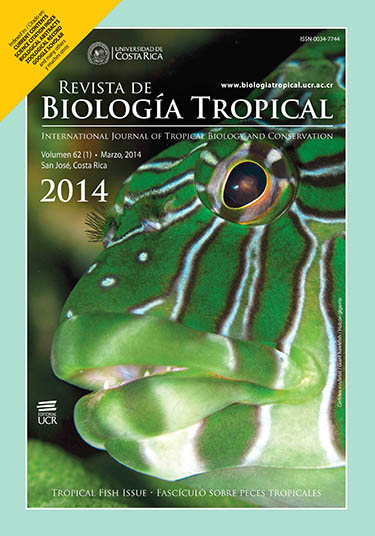Abstract
Schizothorax curvifrons is a morphometrically and meristically most variable and economically valuable promising fish food from Kashmir Valley. Since there is a lack of information on stock structure of wild populations on this species, this study was aimed to investigate the intraspecific variation of this important snowtrout. For this, two rivers and one lake in Kashmir Himalaya were sampled from January 2011 to October 2012. Fish body measurements were taken and morphometric characters using the truss network system was constructed. Altogether, 506 fish specimens were collected. Data were subjected to principal component analysis, discriminant function analysis and univariate analysis of variance. The first principal component explained 63.44% of total variation, while second and third components explained 8.34% and 5.31%, respectively. The step-wise discriminant function analysis retained two variables that significantly discriminated the populations. Using these variables 83.4% of the original specimens were classified into their correct groups and 81.1% of the cross-validated (leave one out procedure) specimens were classified into their correct groups. All of the total 31 transformed truss measurements exhibited highly significant (p<0.001) differences between the populations. This represents the first attempt on stock structure of S. curvifrons; therefore, this study will hopefully guide fisheries taxonomists about its current stock structure and would help in its management and conservation programme across Kashmir Himalaya area.

